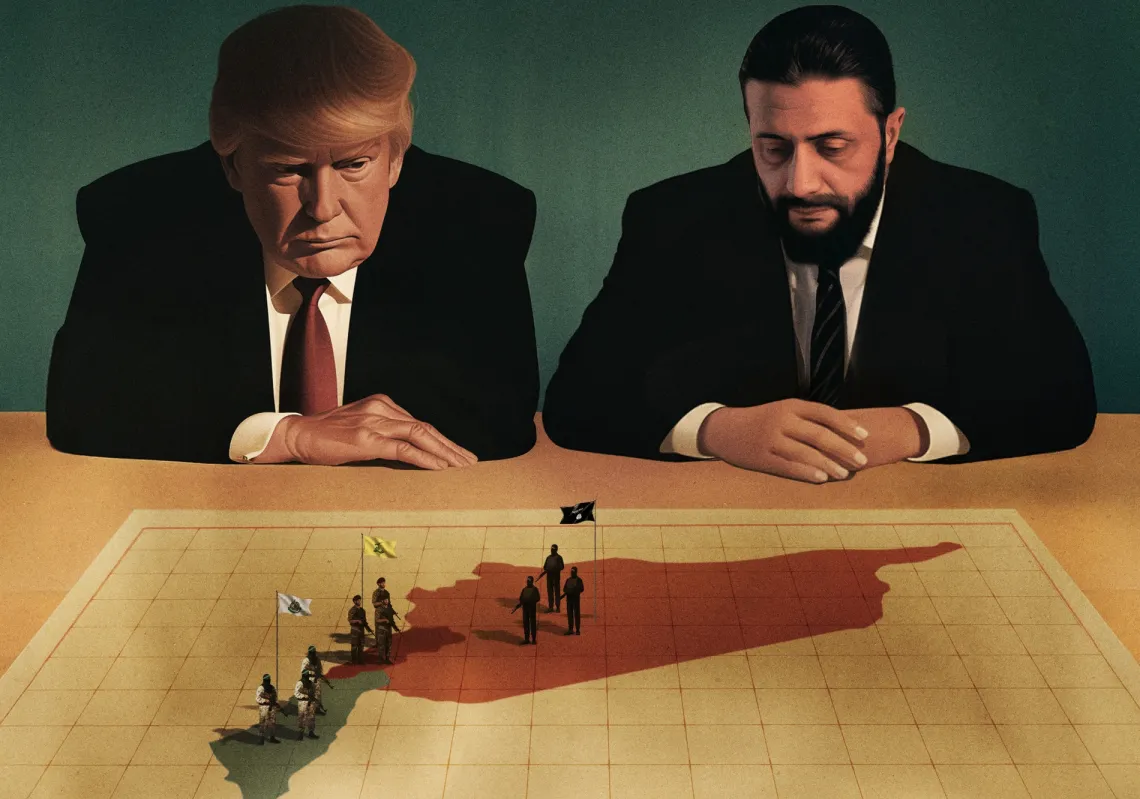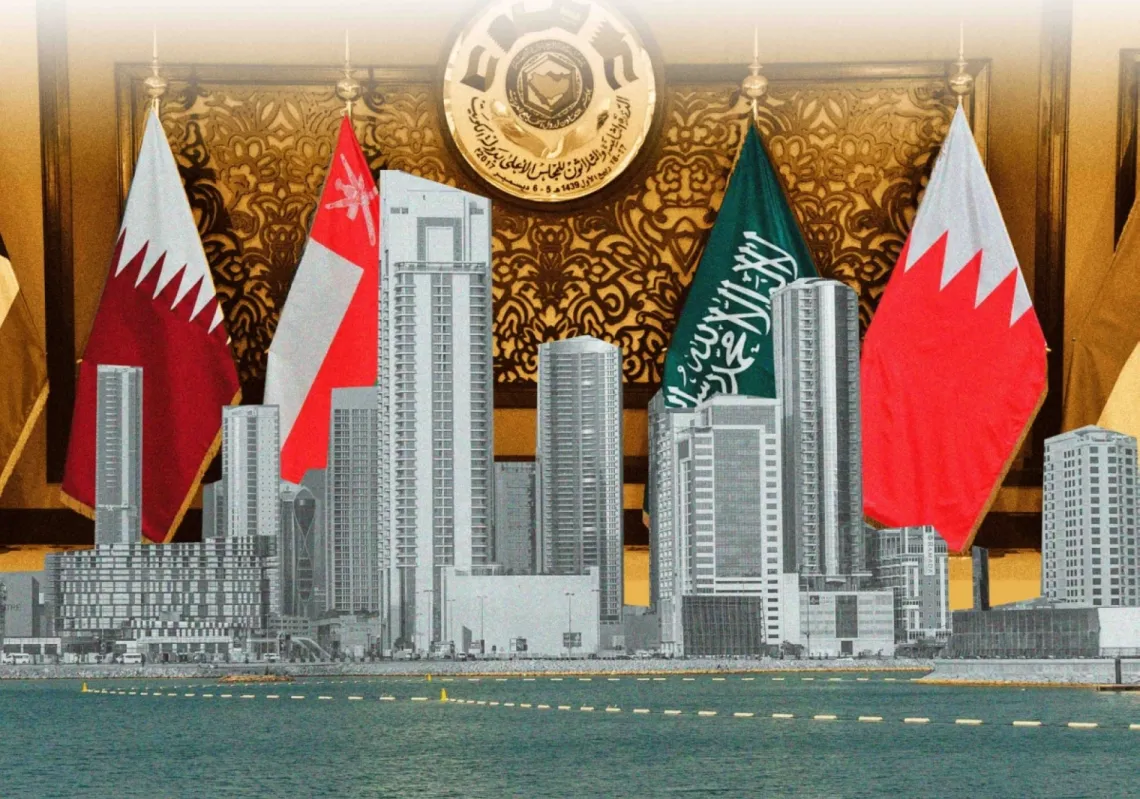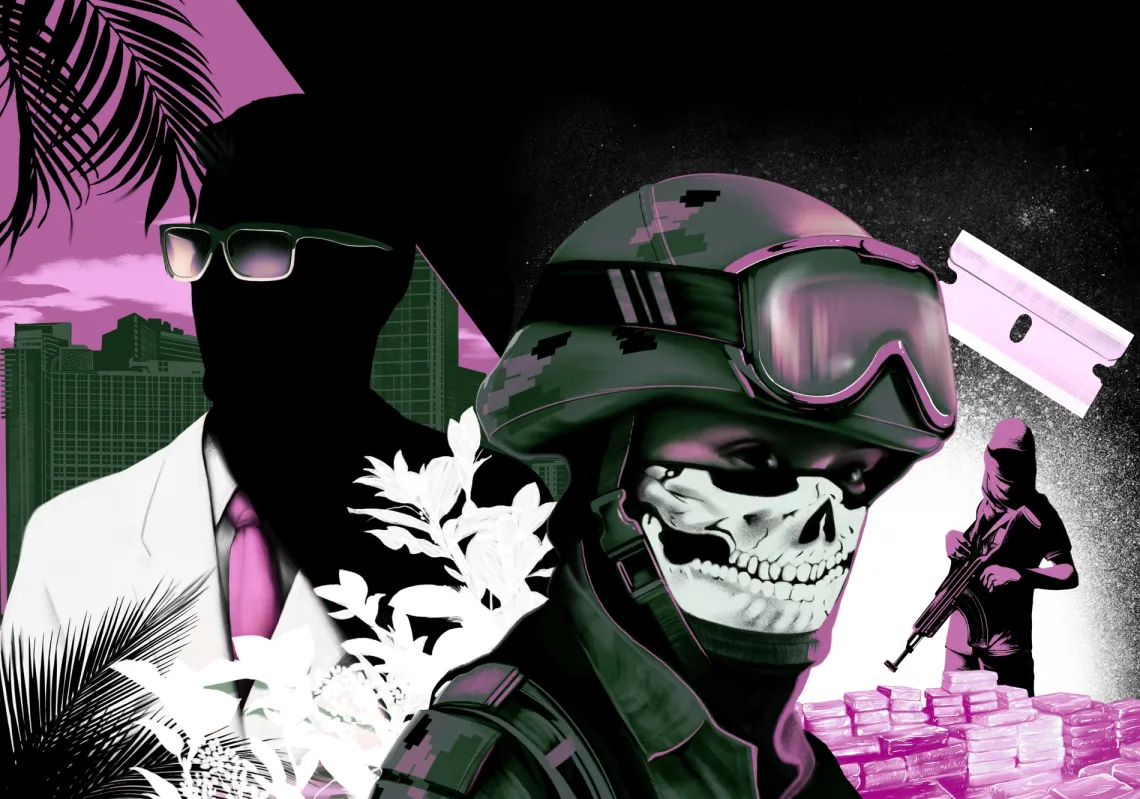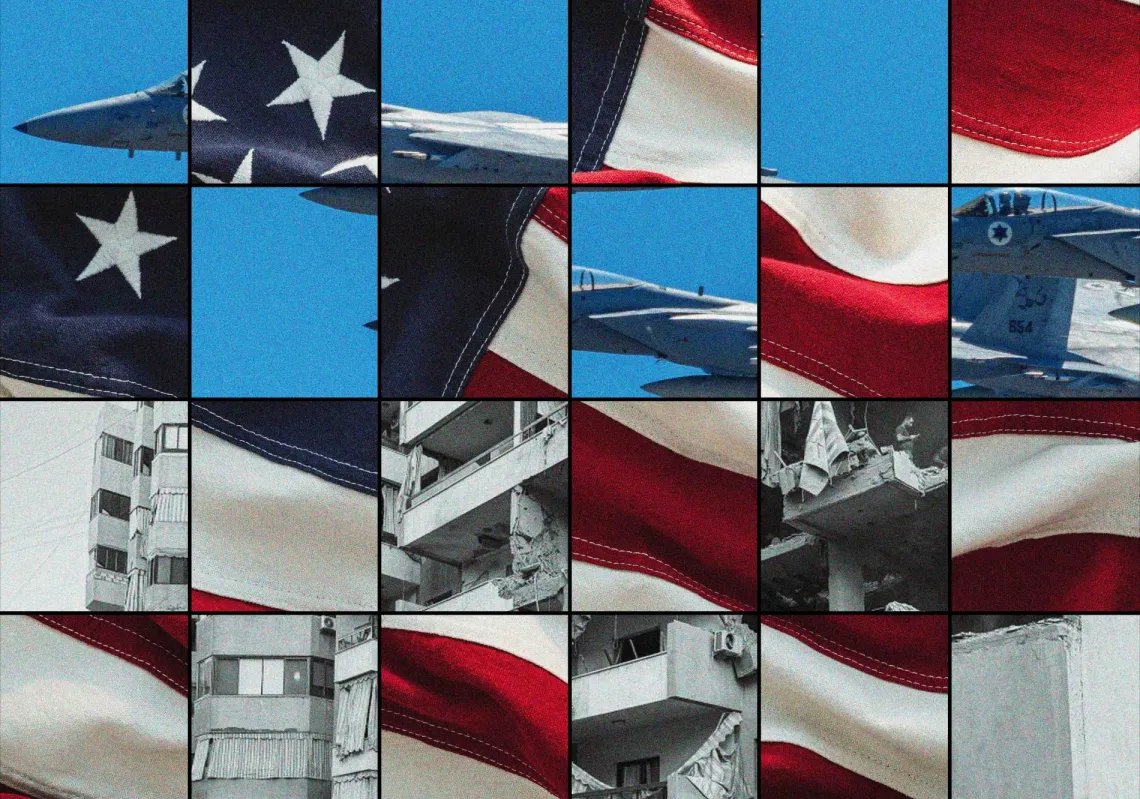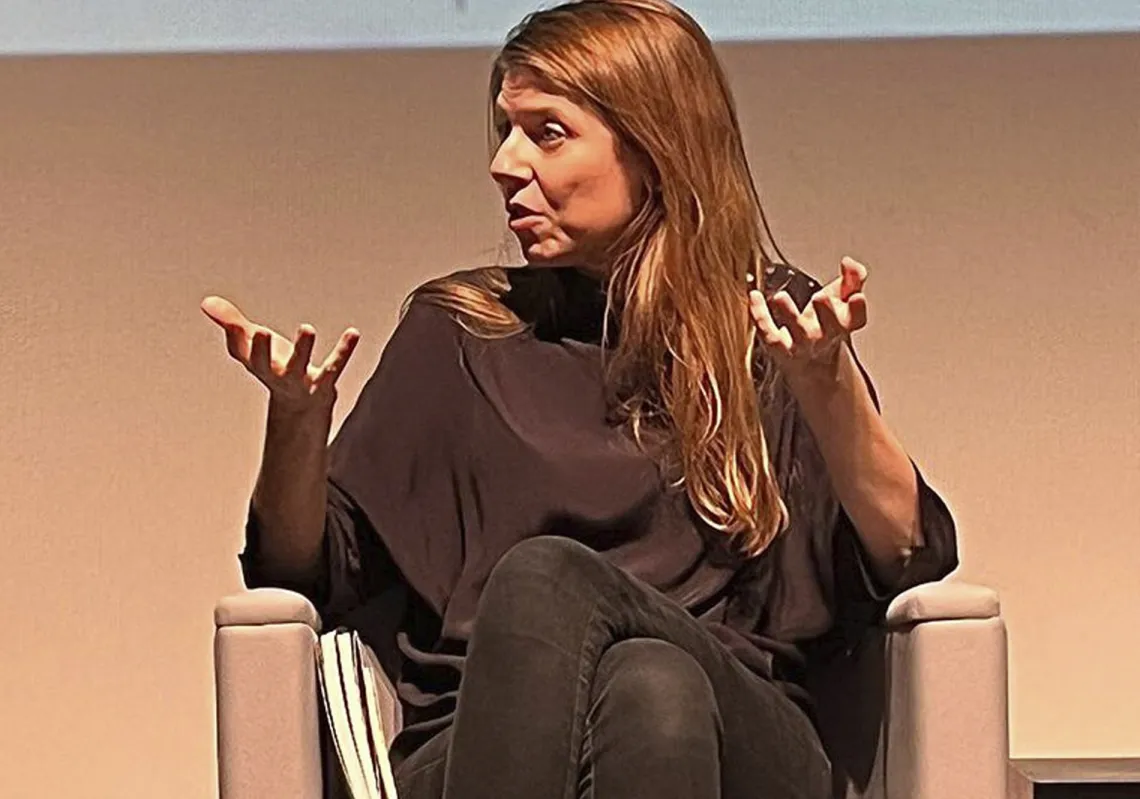When Alexei Navalny boarded a plane to Moscow on January 17, he turned his life into a metaphor. He knew it, his wife knew it, and everybody else on the plane knew it. So did the millions of people who had watched his documentary videos, who had seen the witty interviews he did on the plane, who have since joined demonstrations in his name. So did the leaders of Russia, including the country’s dictator and president, Vladimir Putin. This, Navalny was telling all of them, is what courage looks like.
Navalny is Russia’s most important opposition leader, and he was flying home from Berlin after spending many weeks in a hospital there, following the second or perhaps the third attempt on his life. He’d survived because a German NGO had sent a plane to Omsk to take him out of Russia, because the Novichok nerve agent used to poison him doesn’t always kill you right away, and because the Russian hospital had agreed to let him go, probably on the assumption that he would never return. (For the record: One of the doctors who treated him for poison has since died under odd circumstances, and a hospital official who refused to attribute Navalny’s illness to poison has been promoted to regional health minister.)
Unexpectedly, Navalny recovered. Not only did he recover, but he emerged well enough to star, once again, in one of the videos that have made him and his team of researchers famous. He has often targeted members of the Russian elite, picking apart their elaborate webs of corruption, making fun of their money and their taste. In January he targeted Putin himself, revealing the details of the dictator’s lush palace on the Black Sea: an indoor ice-hockey rink, a hookah bar, extensive vineyards, an “aqua-discotheque,” and an elaborate shakedown scheme that paid for it all. That two-hour exposé was released just as Navalny flew back into Russia and was placed under arrest. It circulated as he sat through a “trial” so ludicrous that he mocked the judge out loud, telling her she needed to take more legal courses. The video is still circulating now, as Navalny lies in a prison hospital where he may once again be close to death. As of this writing, it has 116 million views.
Nothing is secret about the poisoning, false trial, or harsh imprisonment of Navalny. Like the multiple attempts to murder him, these things are playing out in public, in the open, for everyone to see. While they unfold, Russian prosecutors are seeking to outlaw the organizations he leads, on the grounds that investigative reporting and defense of citizens’ rights are “extremist.” Putin’s overt attempt to destroy a political opponent has a logic: If Navalny is showing his countrymen how to be courageous, Putin wants to show them that courage is useless.
This kind of behavior is nothing new: A similarly brazen logic lay behind Putin’s invasion of neighboring Ukraine in 2014, his subsequent annexation of the Crimean peninsula, and his continuing pursuit of a low-level war that still smolders in eastern Ukraine. These aggressive military actions followed a series of pro-democracy, anti-corruption protests that persuaded Ukraine’s dictatorial, pro-Moscow president, Viktor Yanukovych, to flee the country. Putin’s response was part old-fashioned nationalism—the Ukrainians had undermined his vision of a new Russian empire—and part domestic politics. It was intended to show not just Ukrainians but Russians that democracy leads to violence, that anti-corruption protests will be crushed, and, above all, that courage is useless.
In fact, once you understand this logic—once you understand that Putin’s main concern is his own survival—many of his otherwise inexplicable actions make sense. They also help explain why he is slowly seeking to dismantle what remains of independent media in Russia, including his decision to make it impossible for the journalists of Radio Free Europe/Radio Liberty to function in the country any longer. The news service, backed with American money but editorially independent of the U.S. government, has operated out of Moscow for 30 years, ever since Boris Yeltsin invited its reporters in following the collapse of the Soviet Union; soon its Russian service may once again be broadcasting from abroad. Jamie Fly, RFE/RL’s president—recently restored to his job after the Trump administration forced him out—told me that this is happening just as the radio’s journalists are getting more traction with Russian audiences. RFE/RL reporters were on the ground during the demonstrations in Belarus last summer, were with Navalny on his flight back to Moscow, and have covered every aspect of his trial and imprisonment. Until recently, Putin diplomatically left the news service alone—after all, the United States tolerates the presence of much more heavily controlled Russian state media, including the channel RT—but now Putin cannot tolerate any real journalism at all.
The need for regime preservation even helps explain why Russian troops and tanks are once again gathering around the borders of Ukraine. Just as the attempted assassination of Navalny was carried out in the open, this apparent preparation for a new war is happening in the open too. Photographs of Russian missile launchers and tanks, sitting on railcars or standing by the side of the road, are circulating on the internet. Two large warships, and a host of other ships, have arrived in the area as well. According to Janes Defence Weekly, the recent buildup of Russian soldiers in Crimea, as well as in the territory just to the east of the Ukrainian border, represents the largest “unannounced redeployment” of Russian troops since the previous invasion of Ukraine. Russian television hosts, the cutting edge of Kremlin propaganda, are talking up the hoary idea that Ukraine is preparing for war, spurred on by the “Anglo-Saxons”: “The West is preparing for nothing less than war with us” is how one state-TV presenter put it. Putin himself gave a deliberately ominous speech declaring that “the organizers of any provocations threatening the fundamental interests of our security will regret their deeds more than they have regretted anything in a long time.” Presumably this applies whether the “provocations” are real or imaginary.
Russia experts on both sides of the Atlantic, not to mention experts within Russia itself, disagree about whether this military accumulation means that an actual invasion is imminent. Many think Putin is simply playing a game, putting on a show to prove to the Ukrainians and everyone else that he could carry out another bloody invasion if he wanted to. Some believe that he is serious, that he wants to finish the job he started in 2014 and occupy much of southern and eastern Ukraine. Wild and foolhardy though this sounds, Putin might have strategic reasons to take this kind of risk: Road access and water supply to Crimea would be bolstered, Ukraine could lose much of its coastline and ports, and Russia would dominate the Black Sea. Assuming that Putin could take control—and Ukrainians would mount a major response, conceivably including a protracted guerrilla war—he could then turn much of Ukraine into yet another unstable, disputed, lawless territory, permanently dependent on the presence of Russian troops, much like the “Donetsk People’s Republic” that runs a small slice of eastern Ukraine. The maps of Novorossiya—the new state that Russia could carve out of southeastern Ukraine—that were published back in 2014 are probably still lying around the Kremlin, ready to be used.
Another possibility is that Putin himself doesn’t yet know what he wants, or that he will decide as events unfold. If Navalny dies, and if Russians launch mass protests—a spontaneous one was staged in Moscow this week—Putin may need a war to distract them. If Navalny dies, and the U.S. reaction is tougher than he expects, Putin might want a war in Ukraine to prove to the Russian public how little he cares what Americans think. Alternatively, he might just want to test President Joe Biden, regardless of what happens to Navalny. Whereas Bill Clinton, George W. Bush, Barack Obama, and Donald Trump all believed they could get along better with Russian leadership than their predecessors, Biden is the first president since the Cold War who did not arrive in office planning to “reset” relations with Russia. Biden has already described Putin as a “killer.” Putin, ever mindful of the home audience, may want to see how much Biden really intends to push back.
Biden’s team hasn’t yet spelled out what it would do in response. If the U.S. has a scheme to provide defensive weapons to Ukraine, Biden hasn’t announced it. Nor has he announced any planned response, other than more sanctions, to Russian disinformation campaigns in the U.S. and Europe, Russian cyberattacks, or Russia’s use of poison, assassination, and sabotage, not only at home but in the United Kingdom, the Czech Republic, and Germany, among other countries. If Biden has any long-term intention to respond in kind, or perhaps to block the completion of one of Russia’s most important investments—the Nord Stream 2 pipeline, which lies under the Baltic Sea—he hasn’t said.
So far, the only person who has a coherent strategy for dealing with Putin is Navalny. He described it in a handwritten note he sent to Yevgenia Albats, a Russian journalist and close friend. “Everything will be all right,” he told her. “And, even if it isn’t, we’ll have the consolation of having lived honest lives.” He has already shown his compatriots that it is possible to live an honest life in a dishonest political system. It’s an invitation for others to follow. Dictatorships survive because most people are not willing to pay that high a price.
This article was originally published on The Atlantic Online.



